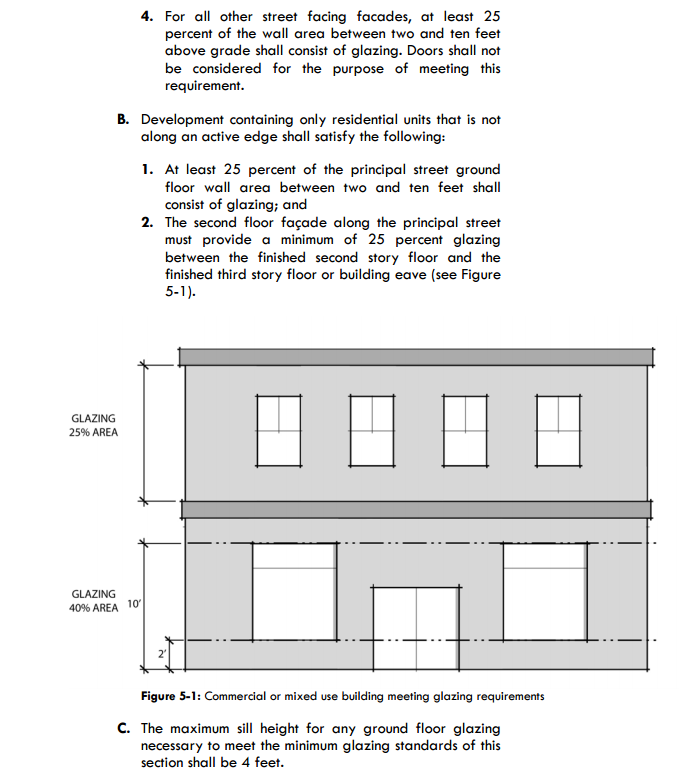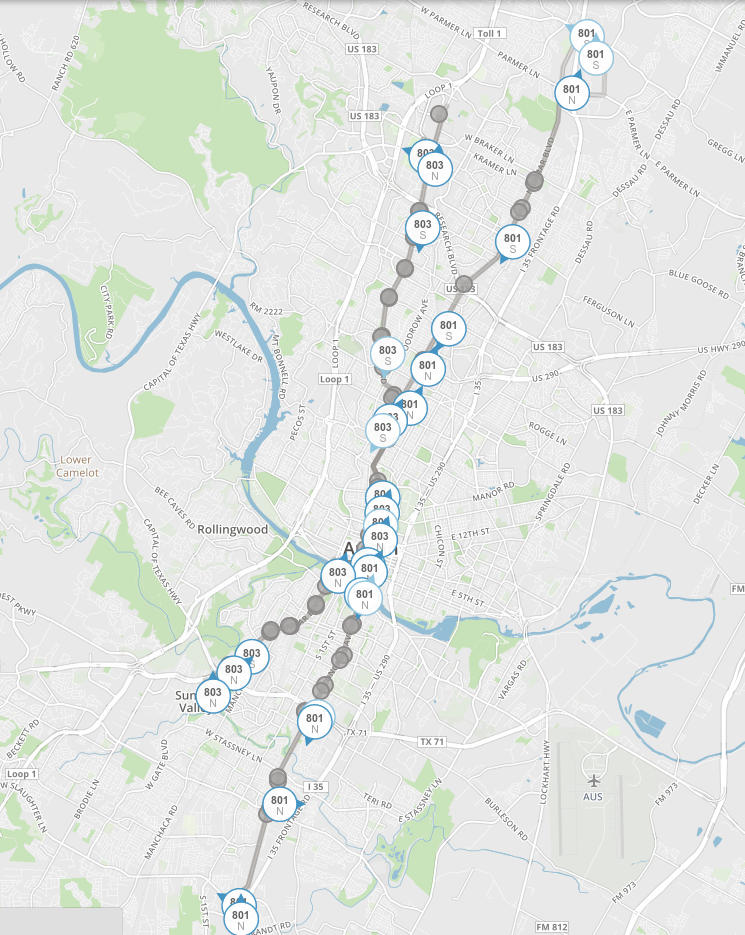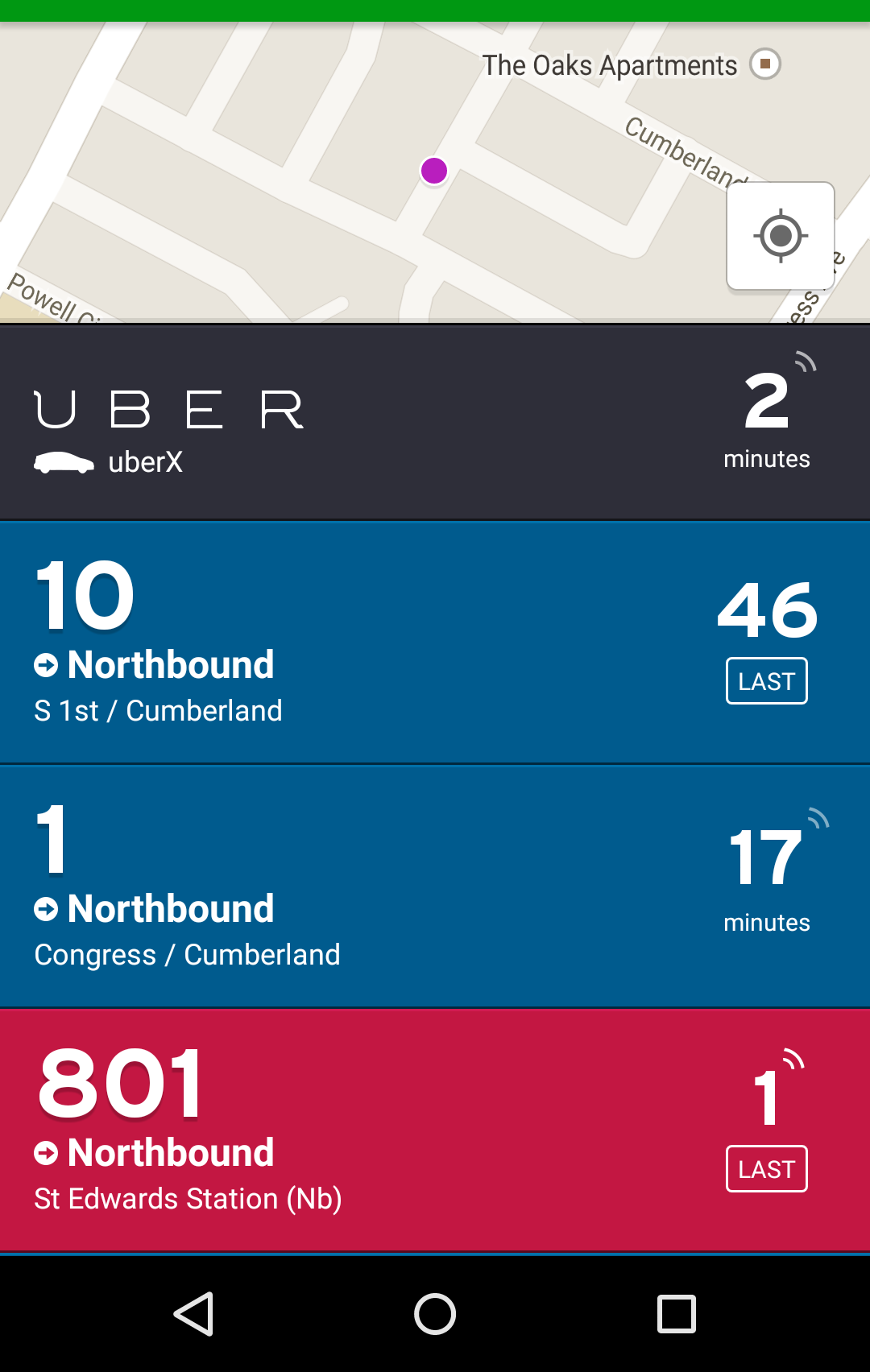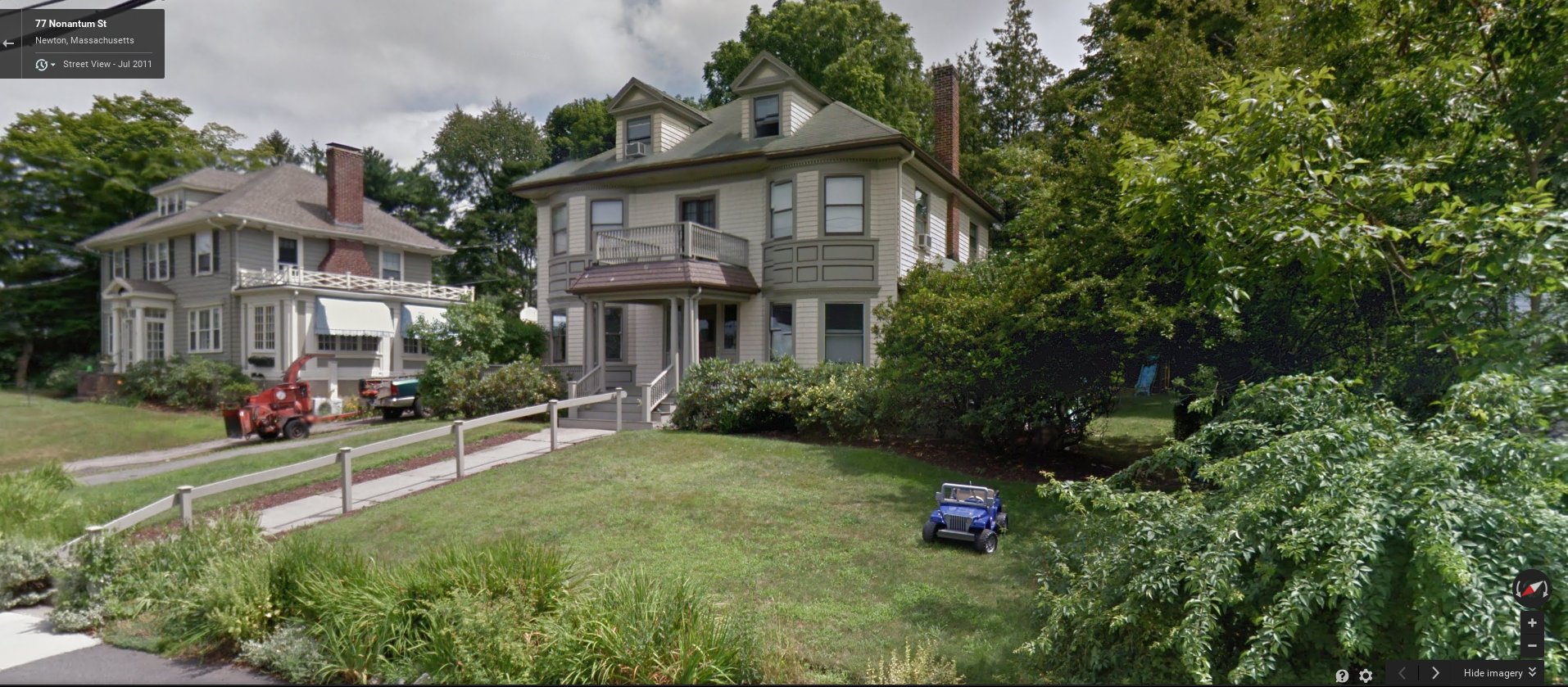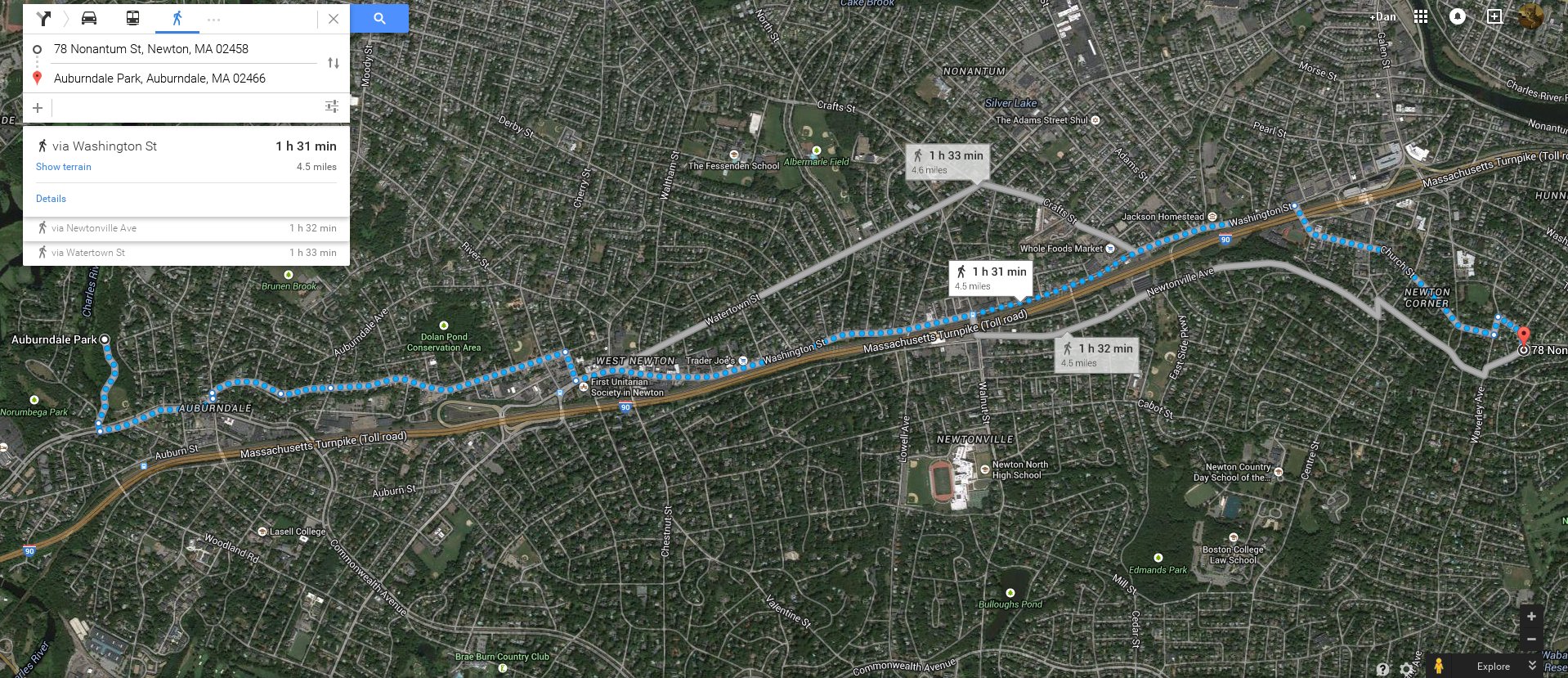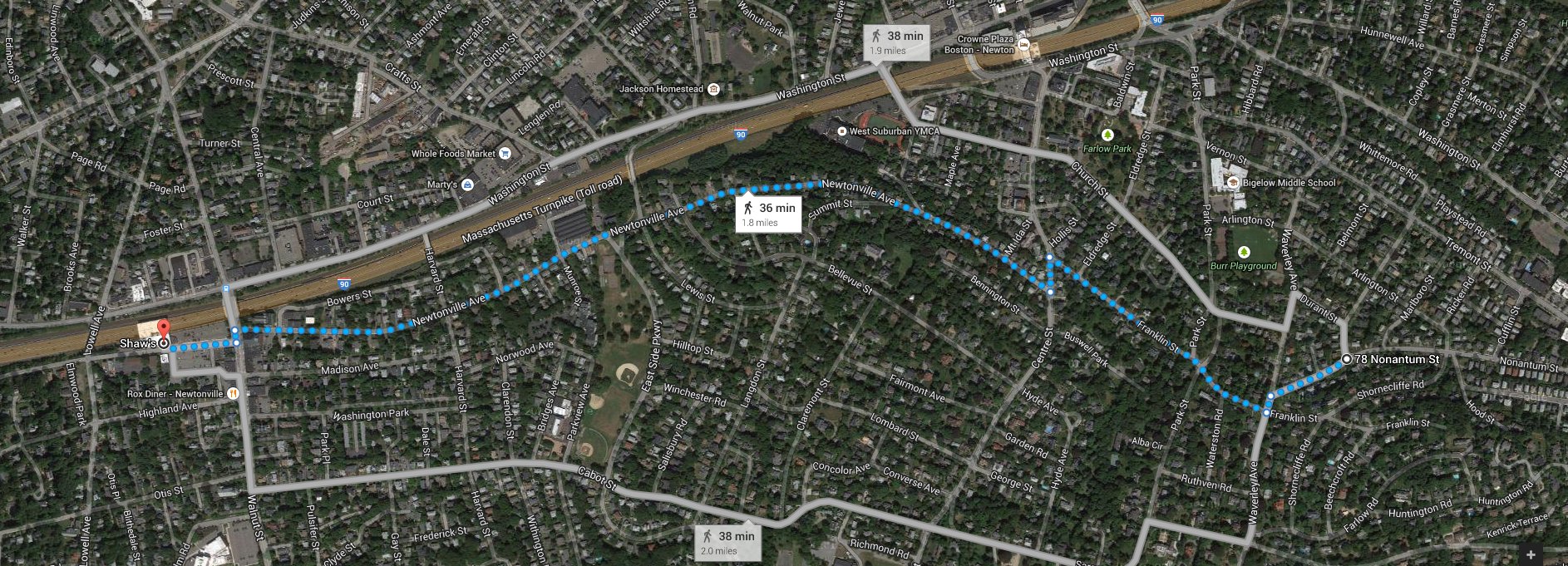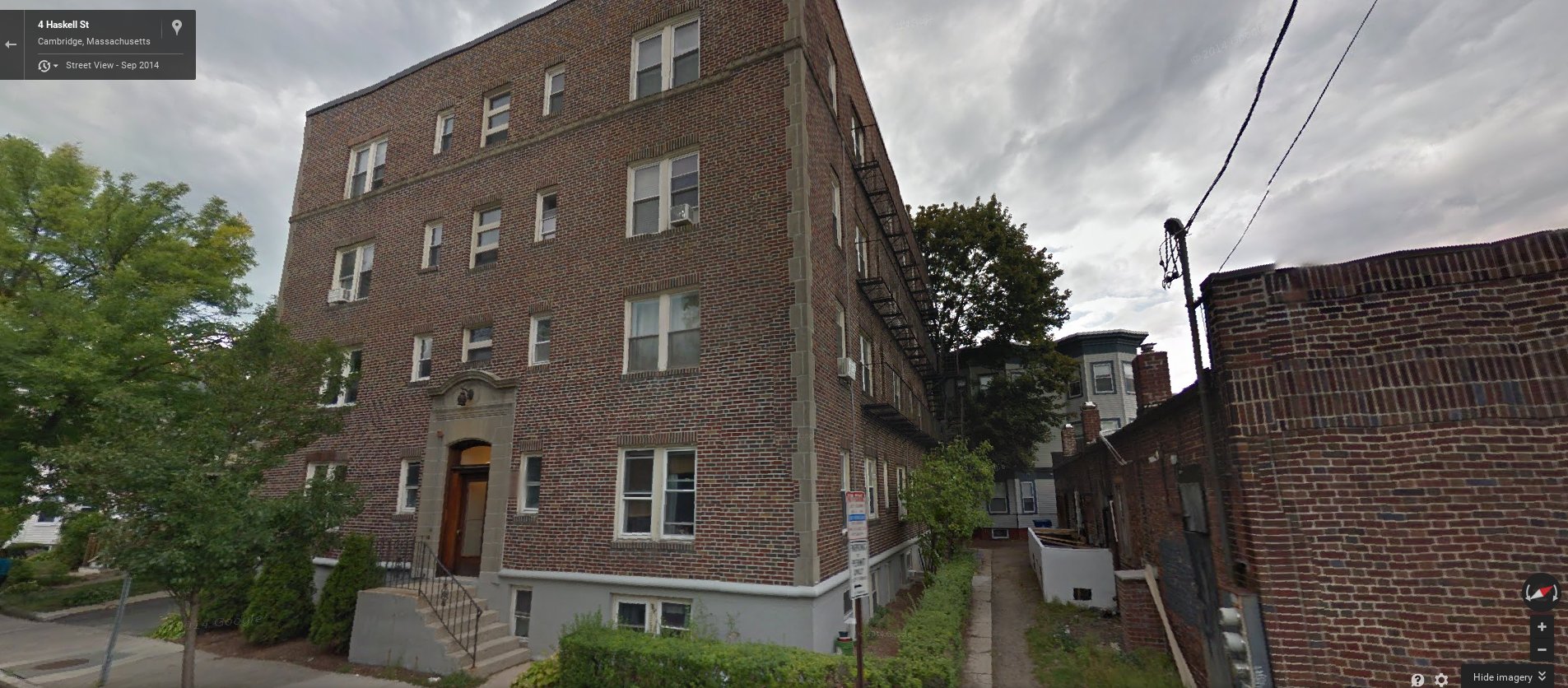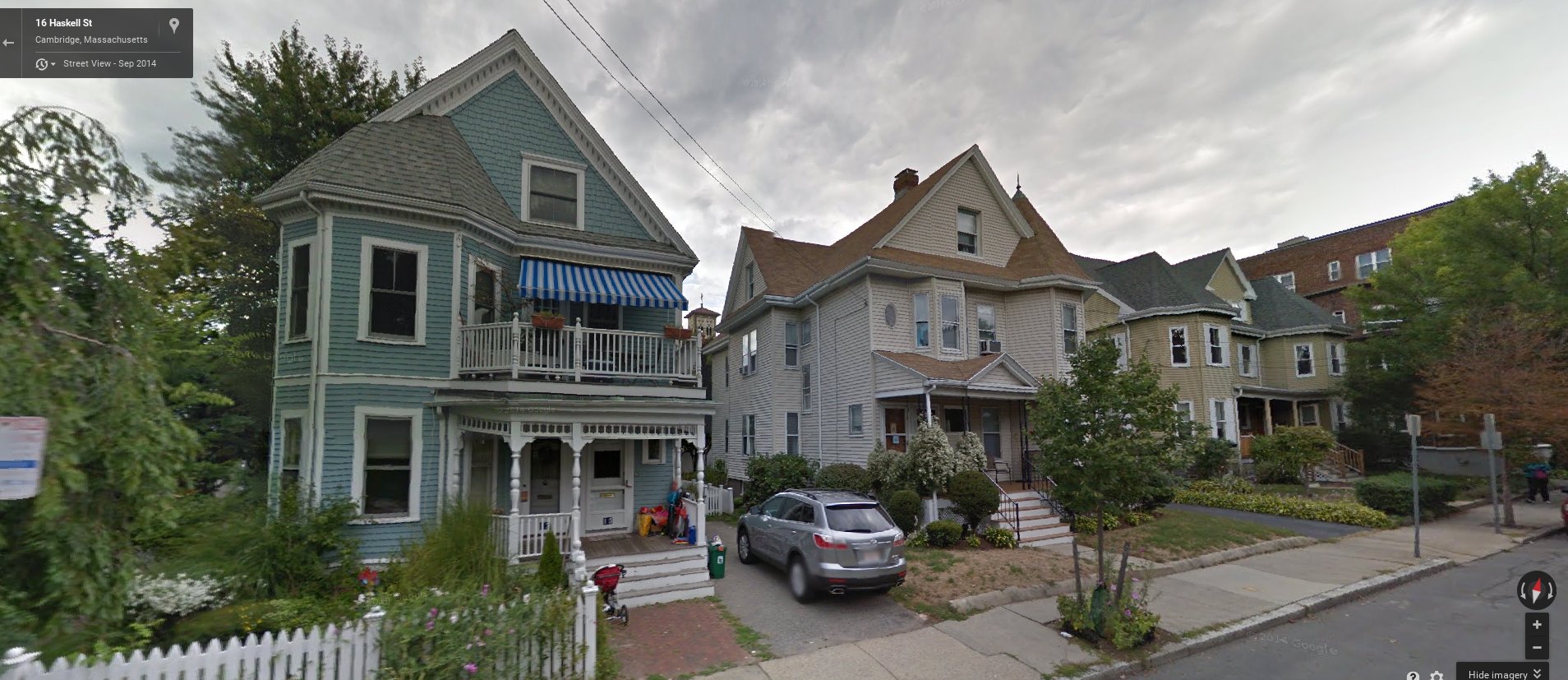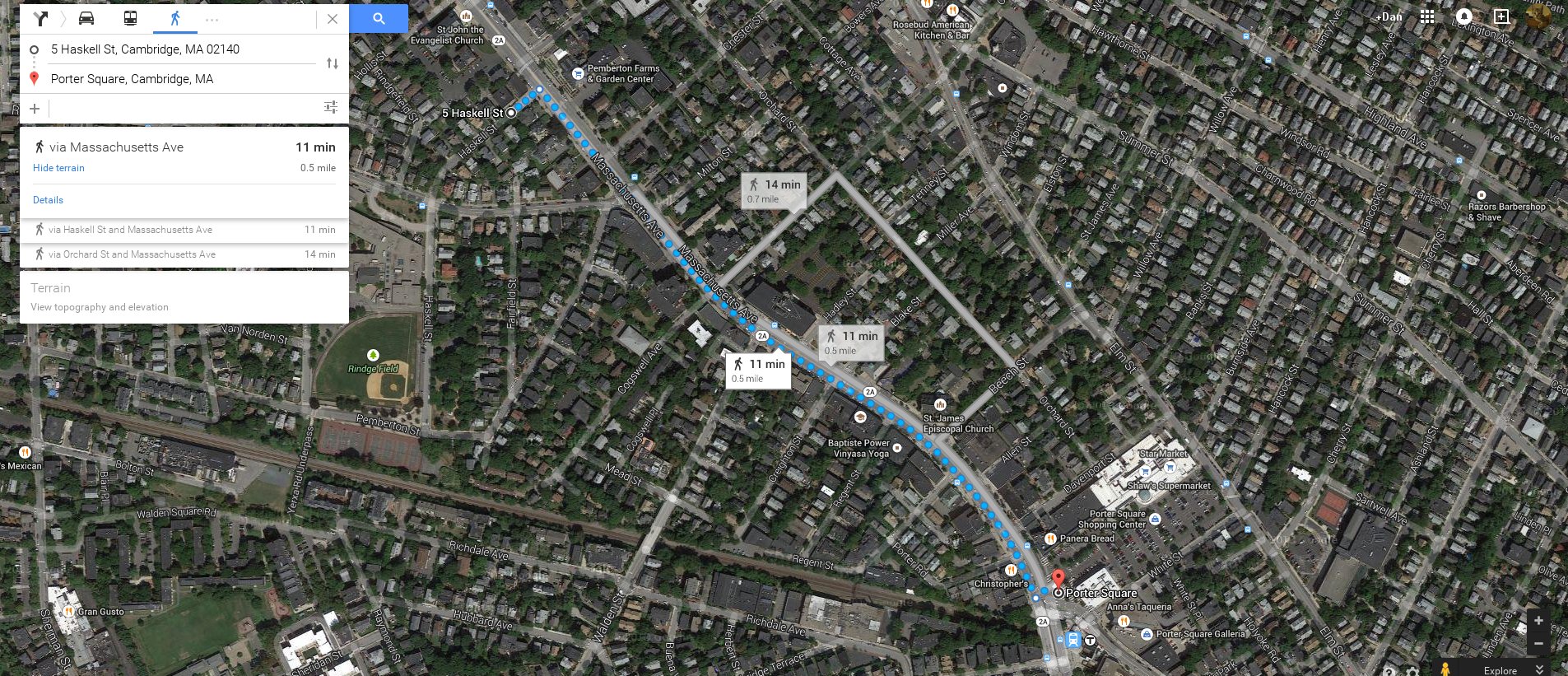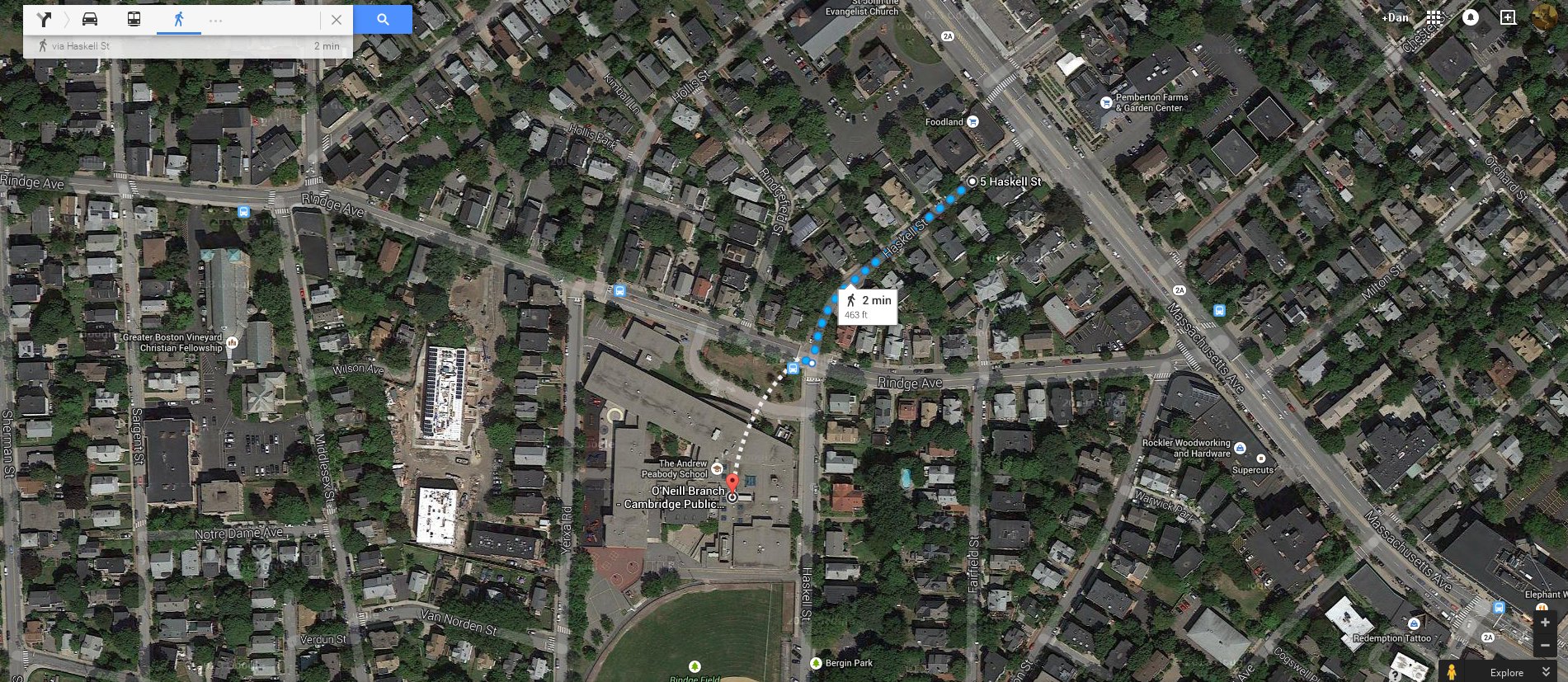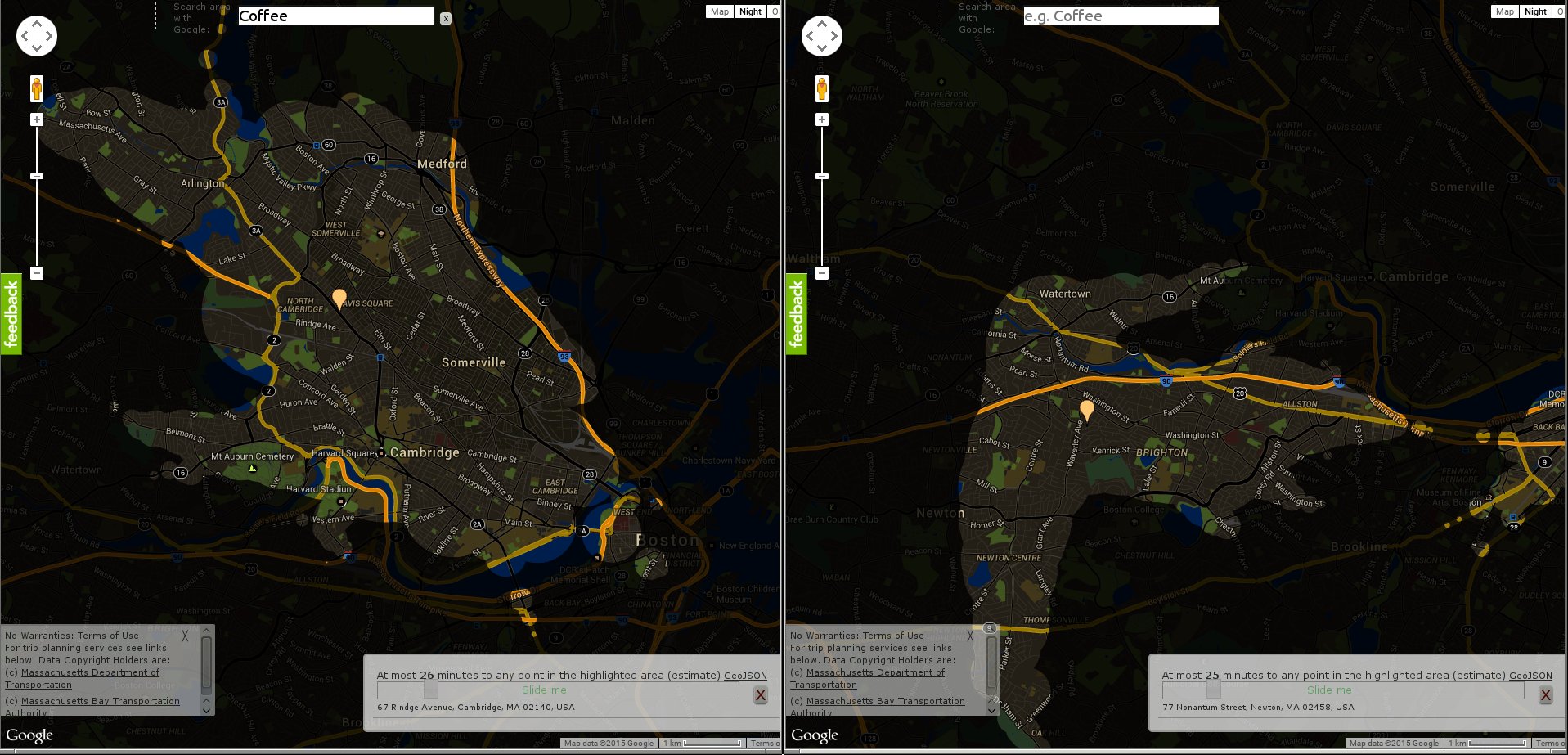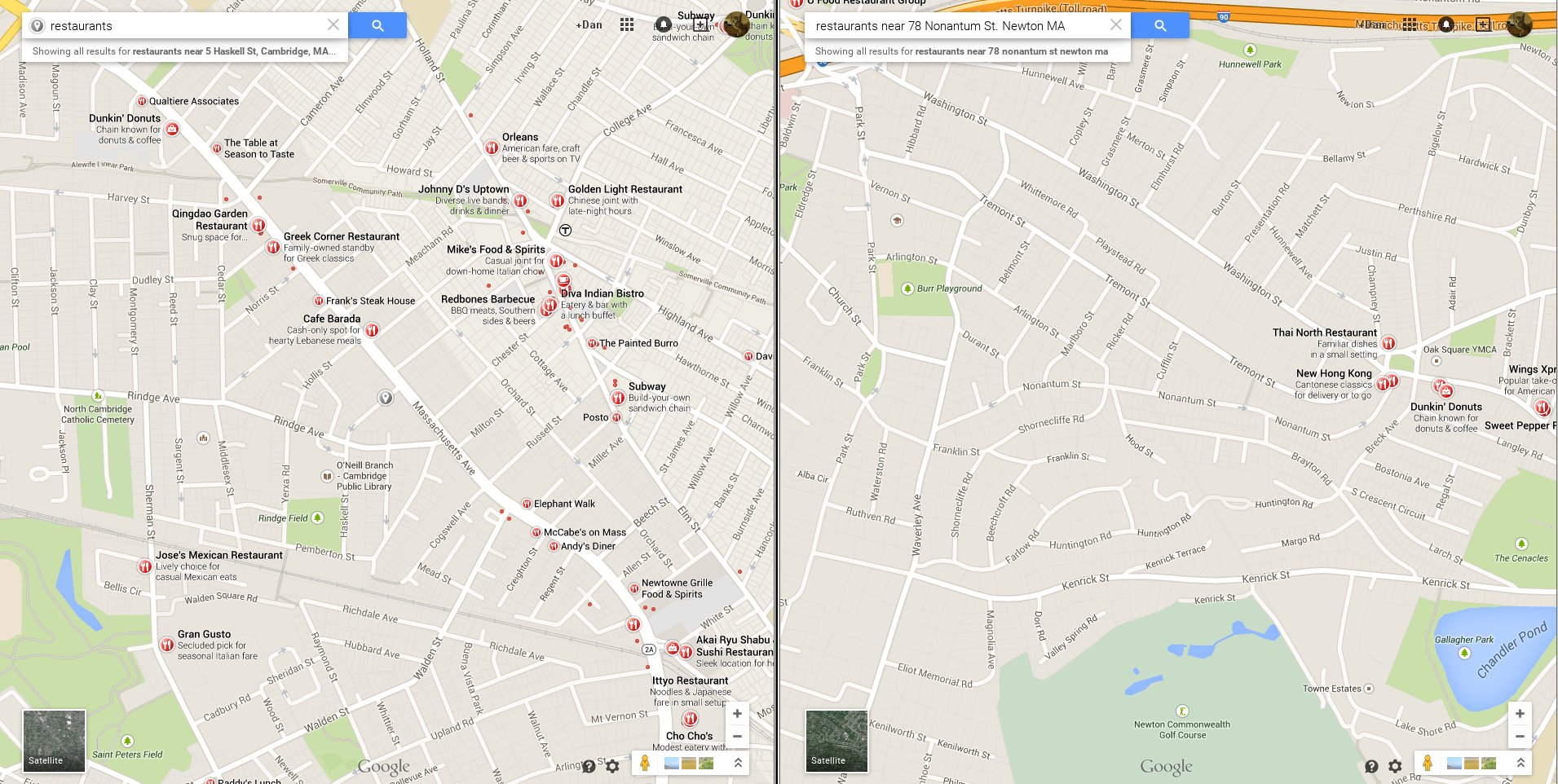Earlier this week, I brought to you a debate between Council Member Don Zimmerman and Council Member Delia Garza on whether downtown density or suburban sprawl causes more congestion. At the same meeting, CM Zimmerman also found himself in a debate between two sides of himself: his belief in limiting government spending and his belief in subsidizing suburban sprawl.
To set this clip up, Austin Transportation Department is presenting their work to date on implementing “rough proportionality” in transportation impact fees, fees developers pay toward street improvements near their developments.
ATD notes that there are two factors affecting how much a new development will have to pay in transportation impact fees:
- How much extra transportation infrastructure will be needed in this area. Places where streets don’t need or can’t handle expensive upgrades have fewer fees to pass on to developers.
- How much new development will happen in that area. Places where more development is happening, the costs of the streets can be shared across more people so each person pays less.
The example that the ATD officials give of a development that would have had to pay smaller impact fees per vehicle-mile generated was the Austonian. 1) It’s downtown, which already has a very mature transportation network; 2) there’s a lot of new development coming downtown, so all those new developments can split the costs for any street upgrades that have to be made.
The formula deciding the costs for the developers isn’t random; it represents the real costs to the city of fielding that type of development at that location. This is where CM Zimmerman begins going off the rails. He realizes that, if forced to bear the true costs of building out lots of new infrastructure, sparse new suburban sprawl may not “pencil out”–that is, may no longer be profitable enough to get built. That is, if we made suburban sprawl pay its own costs, there might be a lot less of it.
There’s a certain irony in the fact that the least NIMBY Council Member, the one most eager to see new private development in his own district, is also a fiscal conservative in the district where development requires the biggest infrastructure subsidy to pencil out. Until CM Zimmerman reconciles his belief in small government with suburban sprawl’s need for subsidies, I’m going to have call another argument against him.
EDIT: Scott Gross, the ATD engineer sends this in:
· Rough Proportionality is currently being implemented
· Rough Proportionality currently applies to existing authorities under Code – Border/Boundary Street Policy and Traffic Mitigation Policy
o Border Street authority applies to ROW and street construction adjoining property
o Traffic Mitigation authority applies to nearby street/intersection improvements to mitigate traffic
· Rough Proportionality currently applies to localized/nearby improvements and are not impact fees
· Impact Fees has not been implemented and will take 1-1/2 to 2 years if Council approves budget for it
· Impact Fees would apply to system improvements within a 6 mile service area and are focused more on capacity, rather than mitigation
· Impact Fees is subject to the RP test and, as implemented by Ft Worth, incorporates RP authorized requirements as credits against the actual fee.

